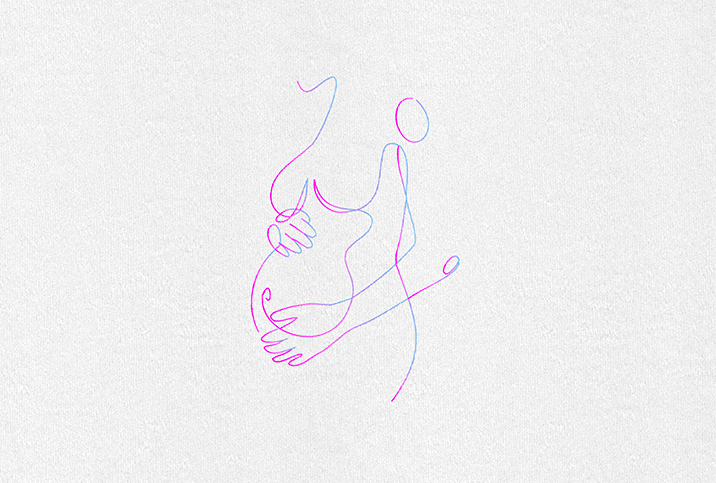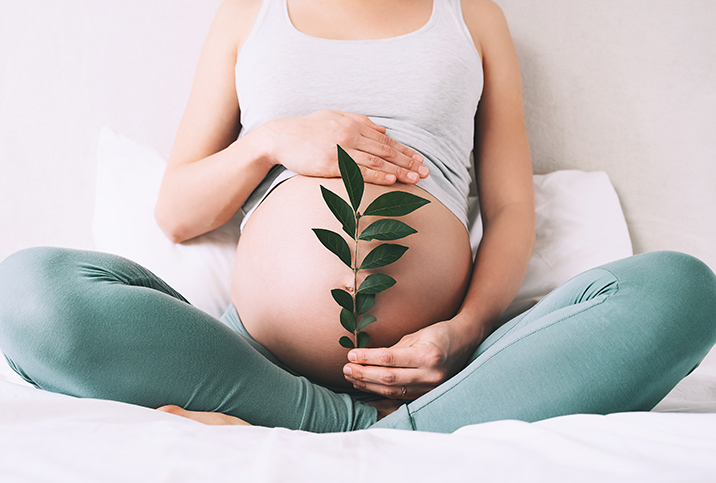Planning Ahead: Preserving Your Fertility Before Cancer Treatment

There are many unknowns you will have to face when you receive a cancer diagnosis, but your options for future family building don't have to be one of them. Whether or not you have children already, and even if you aren't sure if you would like to have a(nother) child, the time to learn about your options is before you start cancer treatment.
Embryo banking and freezing eggs
Cryopreservation, or the freezing of embryos or eggs, provides the most reliable way to become pregnant after you have completed your cancer treatment. This is a good option if your cancer is not fast-growing because you will need to delay treatment for a few weeks while you undergo an in vitro fertilization (IVF) cycle. After about ten days of self-administered hormone injections, the eggs will be collected. The eggs will either be frozen in nitrogen and stored securely until they are needed, or they will be fertilized with sperm and allowed to develop until they reach the proper stage to be frozen. Embryo banking has been more successful in producing live births than freezing unfertilized eggs, but since 2012, freezing eggs is no longer considered experimental because of the increases in the success rate.
Choosing between these two options often depends on your lifestyle. If you are in a relationship with a man you want to have children with or you would like to use a sperm bank to fertilize the eggs, embryo banking may be your best choice. If you don't want to create embryos for personal reasons or want to keep the paternity options open, freezing your eggs is a good choice.
Ovarian transposition
If you will receive pelvic radiation, you may be able to protect your ovaries by having them surgically moved out of the treatment area. This is a good option for prepubertal girls and for women who can't delay treatment for cryopreservation. Depending on the surgery, it may be impossible to conceive naturally, but with the help of some form of IVF, you may be able to carry a pregnancy to term. Some women choose to freeze eggs as a backup in case fertility isn't preserved with ovarian transposition.
Ovarian suppression
If the delay in treatment needed to harvest eggs for cryopreservation isn't advised, another option may be to protect your ovaries by inducing temporary menopause. You receive an injection of gonadotropin-releasing hormone (GnRH) monthly or every three months beginning a few weeks before you start chemotherapy and continuing until you are through with the treatment. Inactivating the ovaries protects the immature eggs from the full damage caused by the chemotherapy. There are a few drawbacks to this option. It isn't as successful as the freezing methods, and it causes a decrease in bone density if it is used for longer than six months. It also causes menopausal symptoms. Even with these drawbacks, it can be successful, and you may decide it is the right choice for you.
Ovarian tissue freezing
Ovarian tissue freezing is still considered experimental, but the American Society of Clinical Oncology agrees this field is advancing quickly. This is a cryopreservation technique in which all or part of an ovary is removed using laparoscopy, a minimally invasive surgical technique. The ovarian cortex, the section of the ovary that contains the follicles holding immature eggs, is prepared and frozen until it can be re-implanted. There is some concern about reintroducing cancer cells into the body with reimplantation, and so far, only 30 babies have been born worldwide using this technique. For now, it is only used when the risk of infertility is high and other options to preserve fertility are not available.
Receiving a cancer diagnosis is devastating, but it doesn't necessarily mean the end of your dream to have a baby. Talk to your doctor about alternate fertility plans and keep your options open.

















